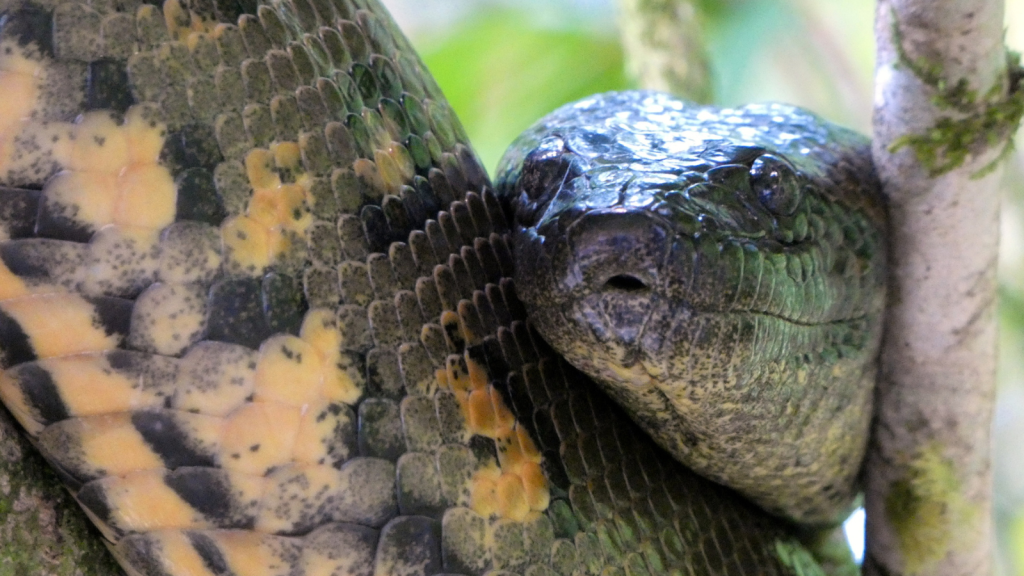The green anaconda is known as the largest snake in the world, capable of growing up to 30 feet long and weighing over 500 pounds. These massive reptiles dominate the rivers and swamps of South America, using their immense strength to capture large prey. But even the green anaconda, with all its power, isn’t immune to predation. While adult anacondas are tough to bring down, young and smaller ones face threats from a variety of predators. From birds of prey to fierce jaguars, the green anaconda has to stay alert to survive, and surviving to adulthood is no easy feat, even for the largest snake.
1. Jaguars
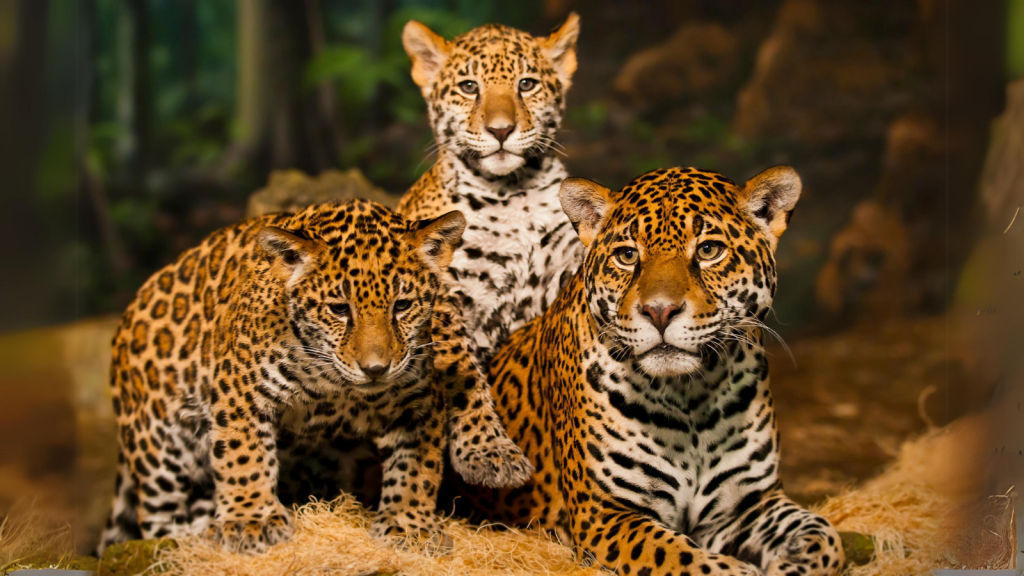
Jaguars are the apex predators of South America and one of the few animals capable of taking down a green anaconda. With their powerful bite, jaguars can pierce through the tough skin of an anaconda and deliver a fatal blow. Jaguars are skilled swimmers, allowing them to hunt anacondas in their natural aquatic habitats.
2. Caimans
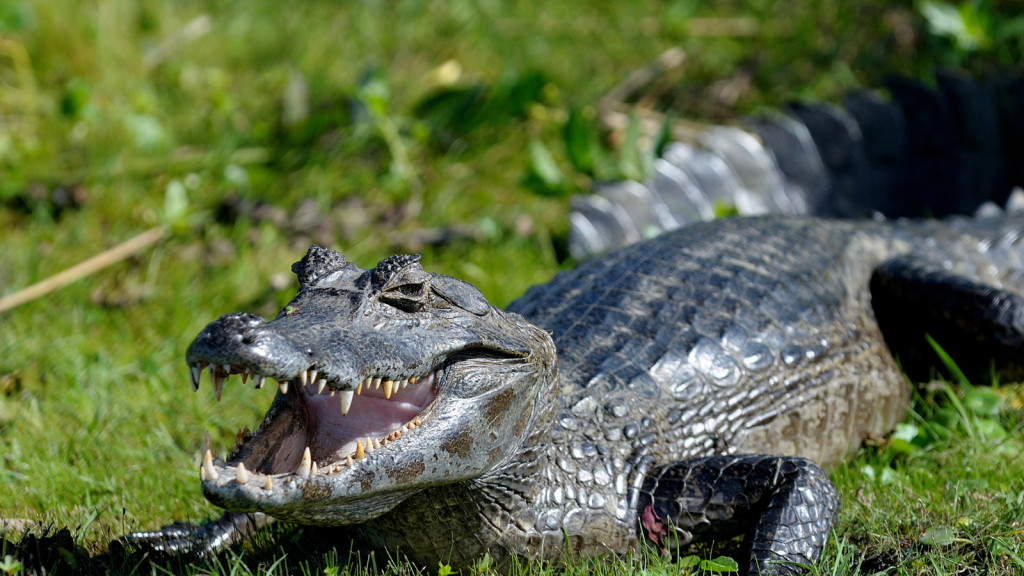
Caimans, particularly black caimans, share the same watery environment as green anacondas. These large reptiles are formidable predators and sometimes engage in battles with anacondas. While the outcome can go either way, a caiman’s sharp teeth and strength make it a serious threat to a green anaconda, especially young ones.
3. Harpy Eagles
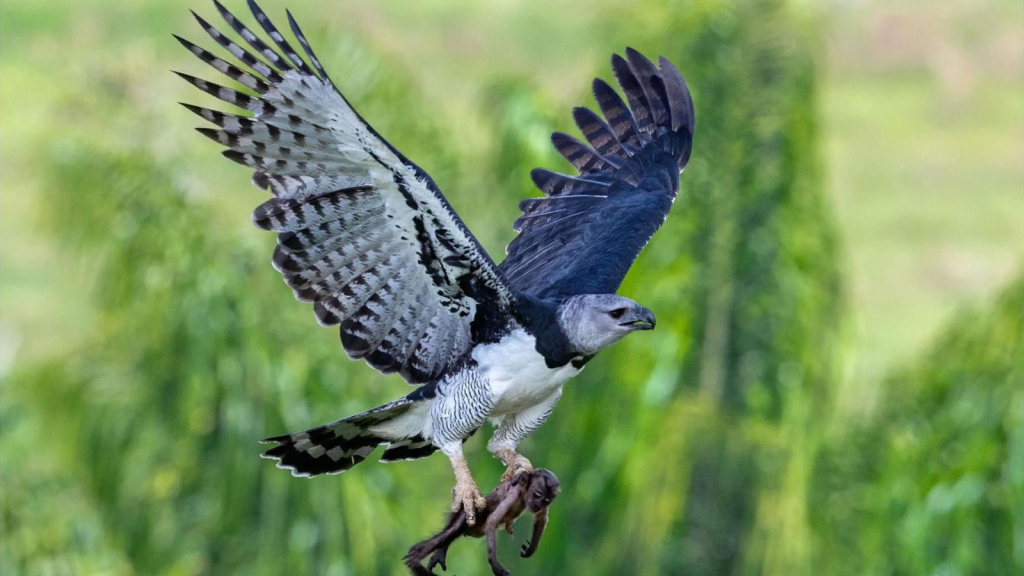
Harpy eagles, found in the rainforests of Central and South America, are among the strongest birds of prey and can target young or smaller anacondas. With massive talons and exceptional hunting skills, they can snatch anacondas from trees or riverbanks. Their sharp talons, which can grow up to 5 inches long, help them carry off even large prey.
4. Giant Otters
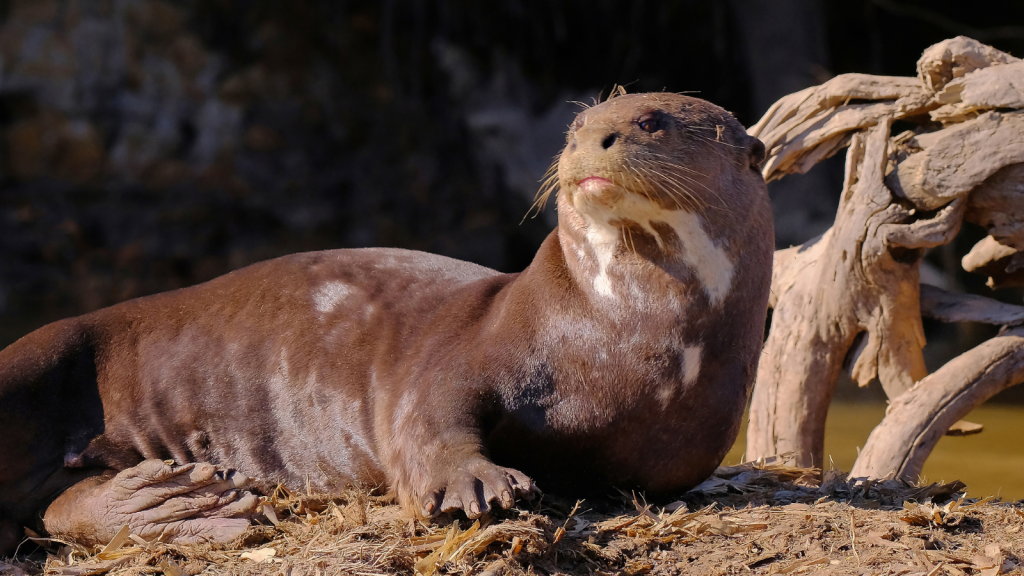
Giant otters, found in the rivers of South America, are fierce carnivores that sometimes hunt young anacondas. Known for their teamwork, a group of otters can harass and overwhelm a smaller anaconda. Giant otters are relentless and can outmaneuver even a strong predator like an anaconda in the water.
5. Crocodiles
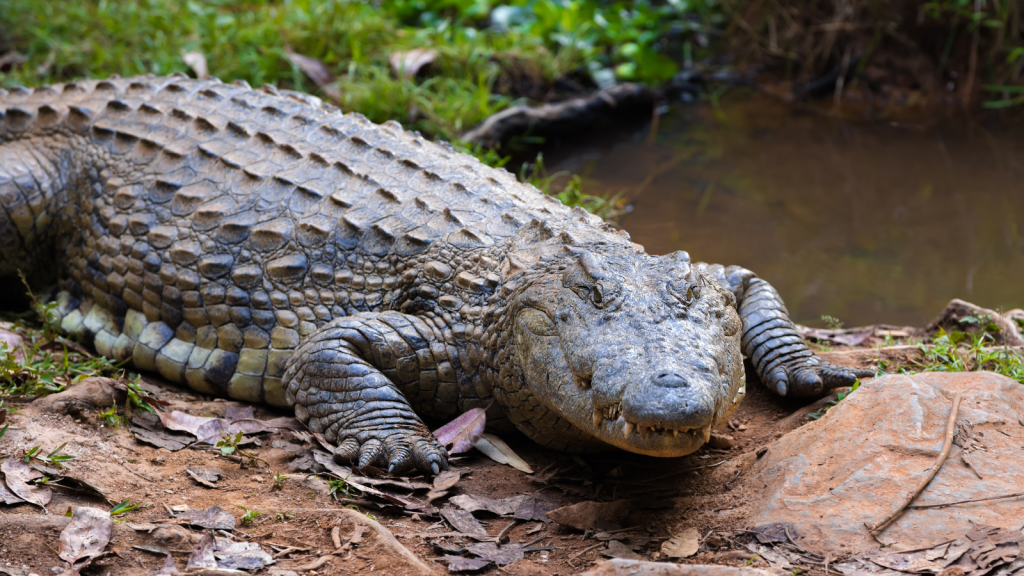
In regions where their ranges overlap, some crocodile species, like the Orinoco crocodile, pose a threat to anacondas. Crocodiles are powerful predators with jaws strong enough to crush an anaconda’s body, especially if it’s a juvenile. A fight between a crocodile and an anaconda can be a deadly showdown, with either animal emerging victorious depending on the size.
6. Pumas
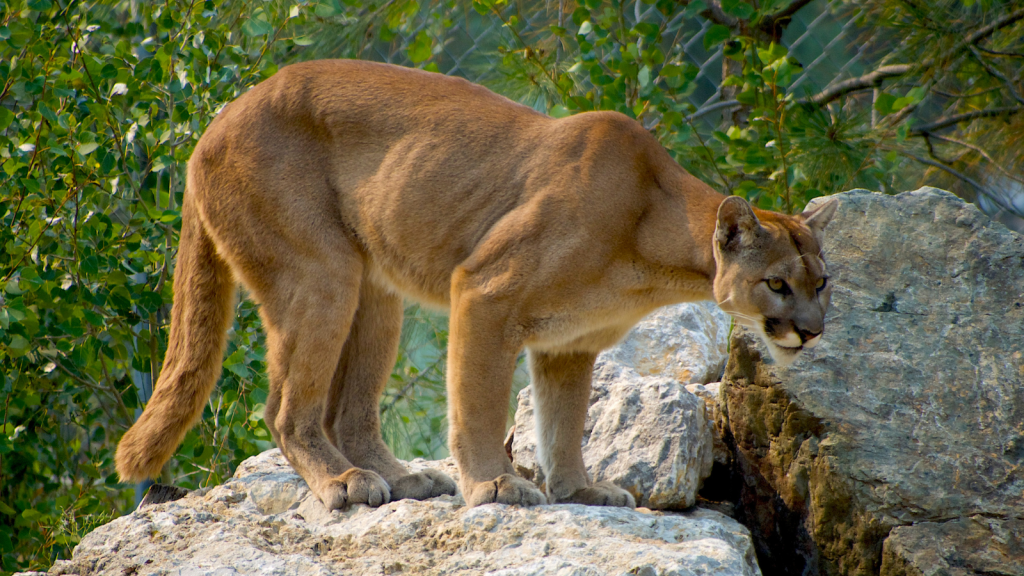
Pumas, or mountain lions, have a wide range that includes parts of South America. Although they usually target mammals, they can and will attack anacondas if the opportunity arises. A puma’s agility and strength make it a formidable opponent for smaller or juvenile anacondas.
7. Other Anacondas
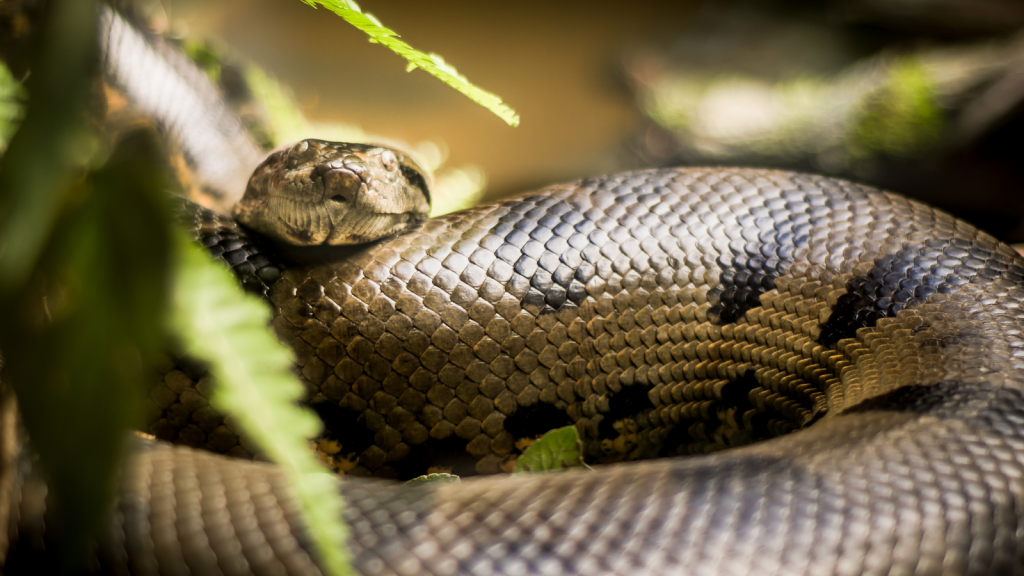
Cannibalism is not uncommon among anacondas. Larger anacondas have been known to eat smaller or weaker ones, especially when food is scarce. This behavior is a survival strategy, allowing the stronger individuals to reduce competition for resources.
8. Large Fish
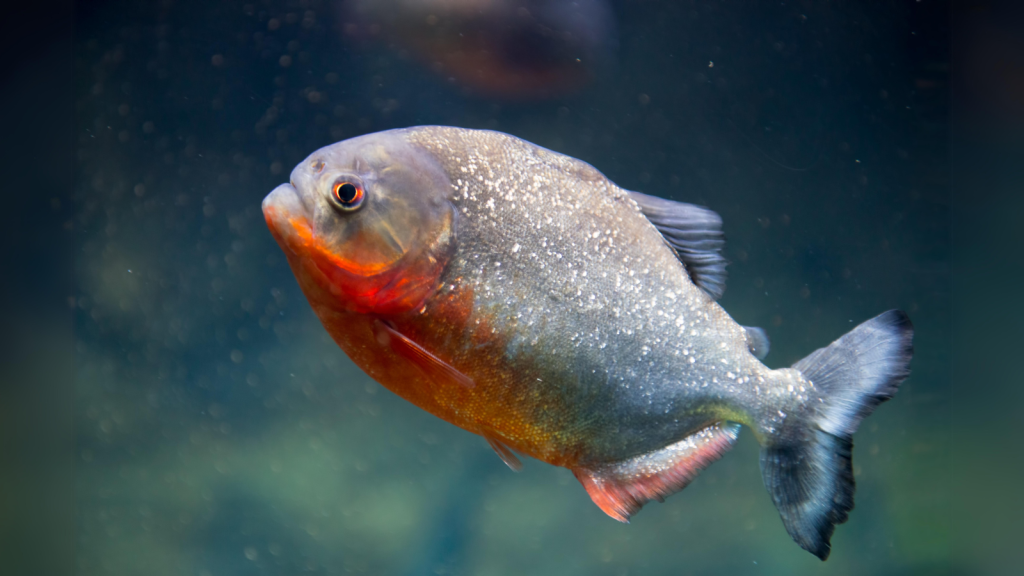
In the Amazon, some large fish species, such as piranhas and arapaimas, may pose a threat to young anacondas. While adult anacondas are too large to be targeted, smaller ones are vulnerable to these aggressive fish. Piranhas, in particular, can attack en masse, inflicting rapid and fatal bites on a young anaconda.
9. Ocelots
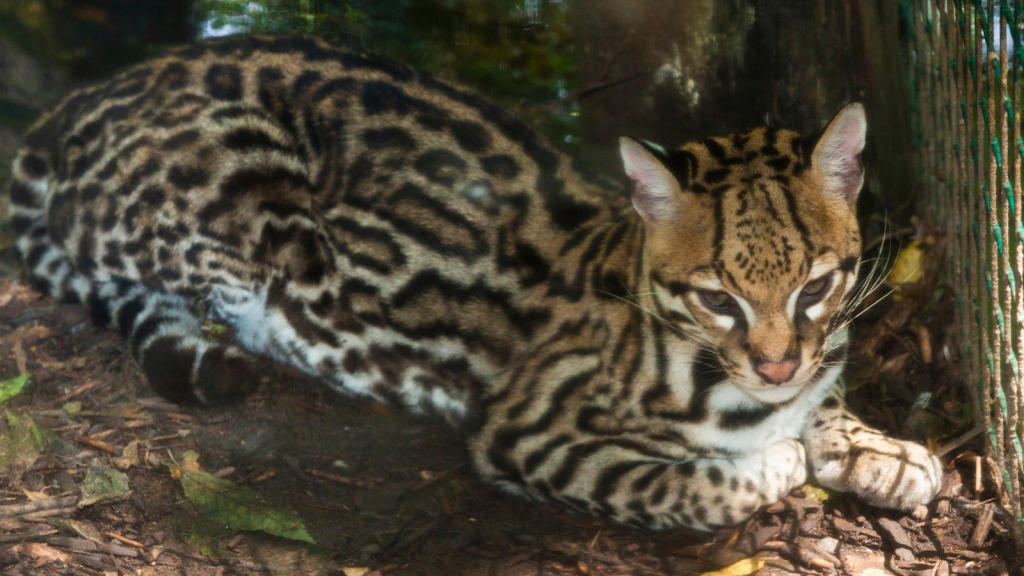
Ocelots are small wild cats native to South America that are known for their hunting skills. While they typically target smaller prey, a young anaconda could fall victim to an ocelot’s stealth and sharp claws. Ocelots rely on their speed and agility, especially when targeting slower or weaker anacondas.
10. Red-Tailed Boas
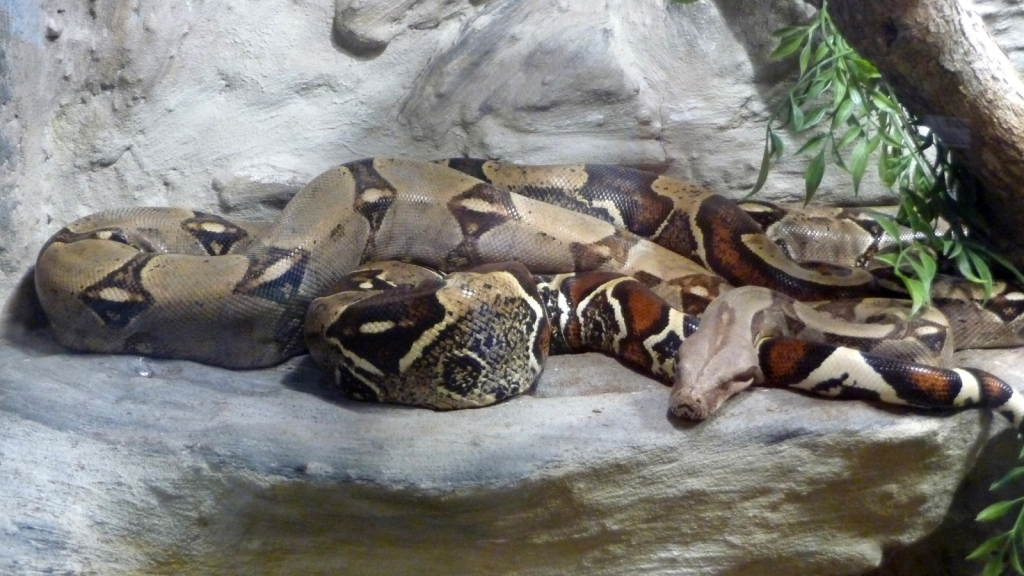
While it may seem strange, other large constrictor snakes, such as red-tailed boas, can pose a threat to young anacondas. These snakes compete for similar prey and may attack each other over food or territory. Like anacondas, red-tailed boas are constrictors and will not hesitate to overpower a smaller rival.
11. Peccaries
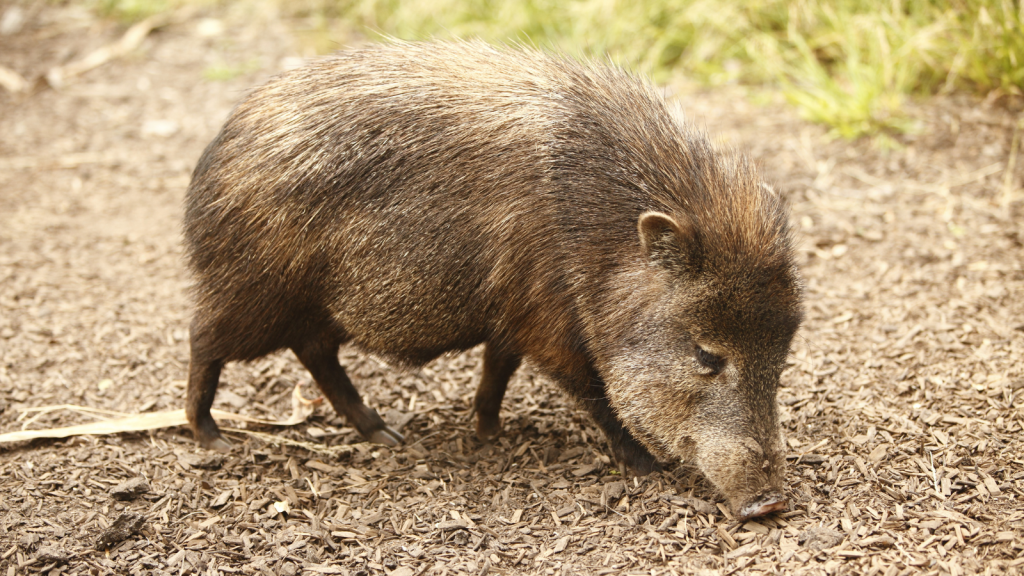
Peccaries, wild pigs found in the jungles of South America, are opportunistic feeders. Although they primarily eat plants, they have been known to attack and kill smaller anacondas in self-defense or out of aggression. Their sharp tusks and herd mentality make them dangerous, especially when defending their young or territory.
12. Black Vultures
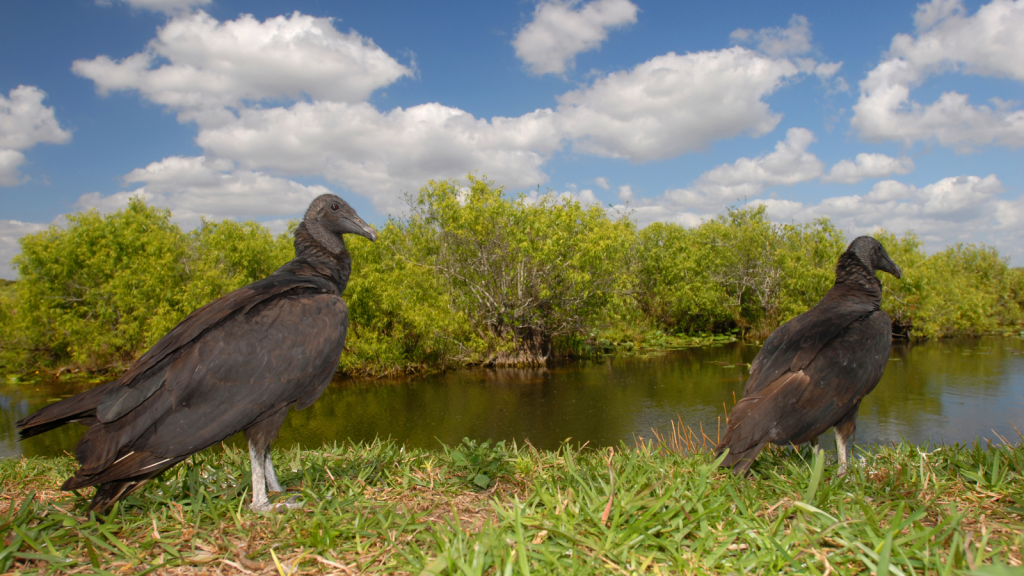
Black vultures, common in South America, are scavengers that sometimes prey on young or injured anacondas. These birds are not known for hunting healthy snakes, but they will target vulnerable ones. Black vultures use their numbers to harass weakened or small anacondas, and their sharp beaks allow them to tear through flesh quickly.
13. Tegu Lizards
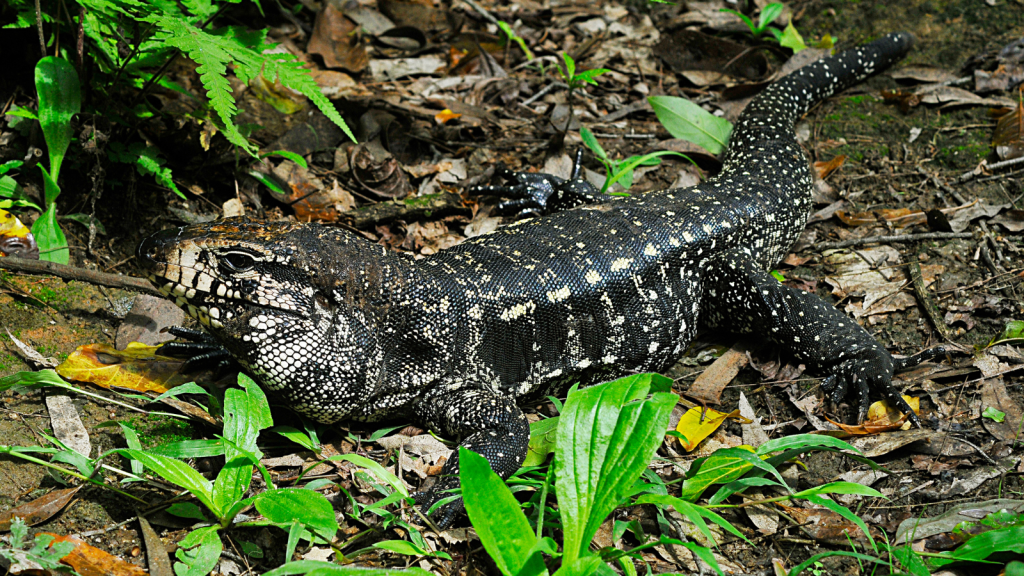
Tegu lizards, native to South America, are large, omnivorous reptiles that occasionally prey on young or small anacondas. These powerful lizards are opportunistic feeders and are known to eat a wide variety of prey, including small snakes, eggs, and other reptiles. Their sharp teeth and strong jaws make them capable of overpowering juvenile anacondas, especially when the snakes are vulnerable near water or while basking.

